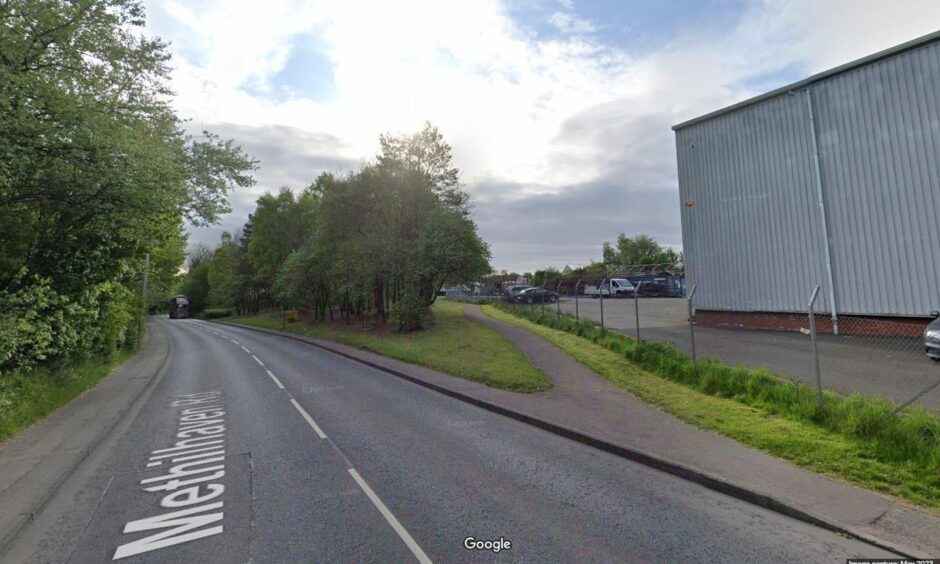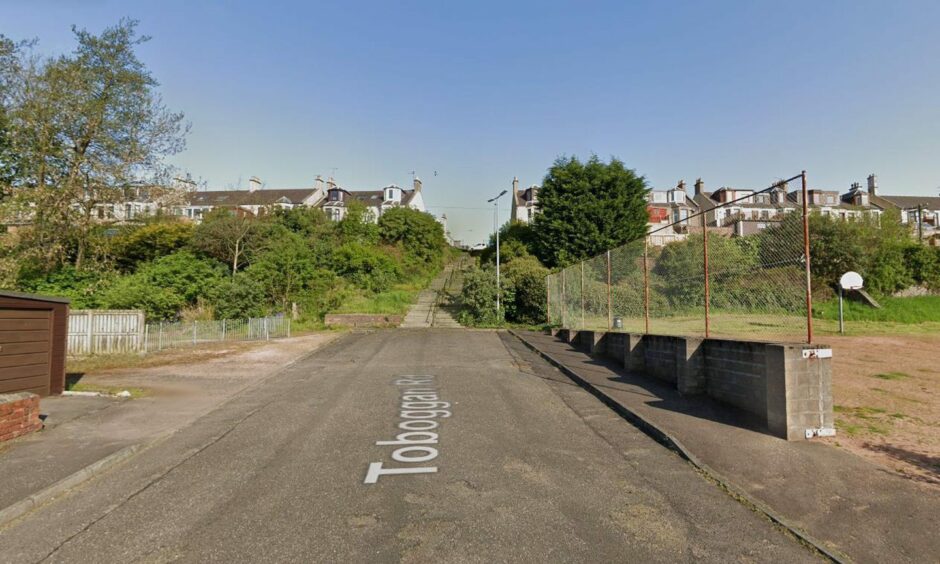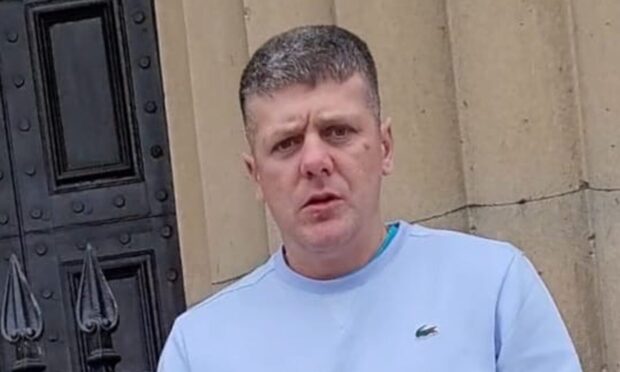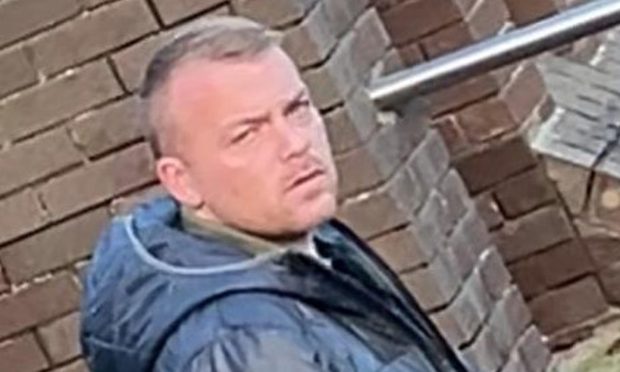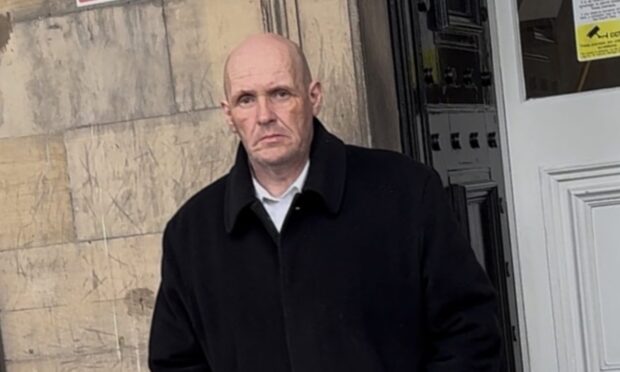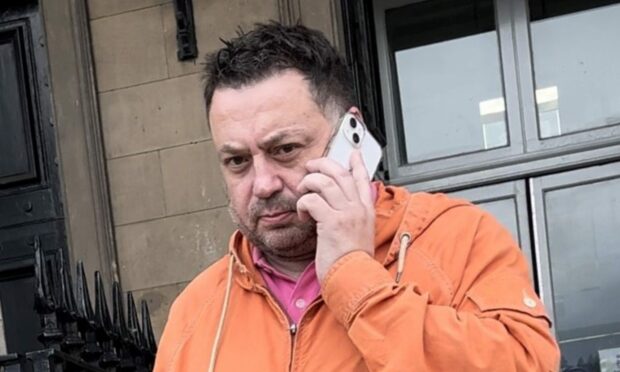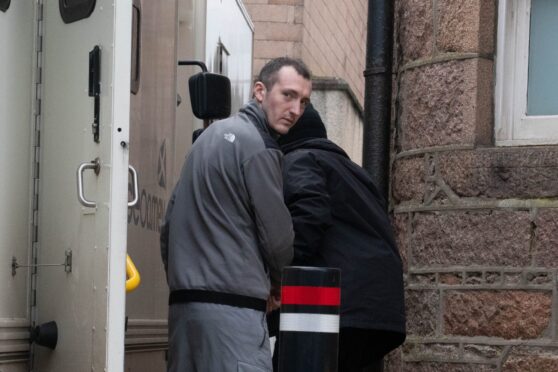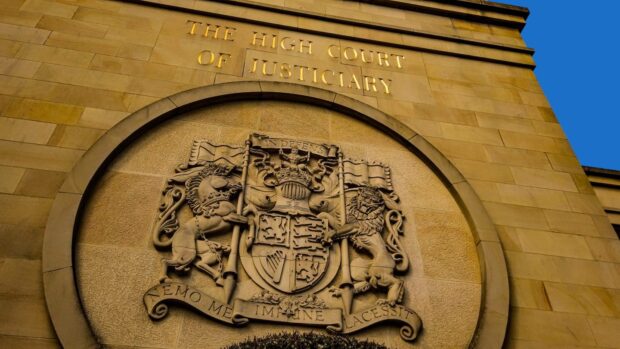A police officer who hit speeds of more than 100mph while pursuing an uninsured driver through residential Fife streets has told his trial he was constantly making risk assessments during the 20-minute chase.
At one point Jack Brownlee drove through roadworks at 65mph.
Dash-cam footage from the BMW X5 he was driving also showed him driving at 33mph along a footpath, speeding over pedestrian crossings and going the wrong way round roundabouts.
The 29-year-old told Kirkcaldy Sheriff Court that at no point did he consider the chase to be unsafe.
The trial had previously heard from Inspector Colin Reid, head of driver training for Police Scotland, who said Brownlee should have swapped seats with his more highly-trained colleague- who was in the passenger seat – and the pursuit of the Seat car should have been called off at an earlier stage.
Brownlee was trained to “intermediate” level, which allowed him to drive during the initial phase of a pursuit but lacked the advanced driver training needed to bring it to an end.
Brownlee, who has since left the force to run his own business, is on trial charged with driving recklessly and assaulting one of the occupants of the suspect vehicle at the chase’s conclusion on Toboggan Road, Methil, on April 7 2021.
He denies the charges.
‘Subconscious’ risk assessment
The court heard the chase began after officers spotted the uninsured vehicle driving at speed on Methilhaven Road.
It was registered to a different man, from whom Brownlee had earlier seized drugs.
As the vehicle made off he suspected there may have been illicit substances on board.
Giving evidence in his own defence, Brownlee told the court for most of the chase he considered the risk to be “medium”.
Asked if police driving was normally more risky than civilian driving, he said: “Most definitely.
“There’s higher speeds.
“You have to take into account other road users – how they are going to react to you on blue lights.
“With the subject vehicle, (you have to take account of) how they’ll react.
“There’s greater risk in police driving than normal day-to-day driving – you risk assess constantly but it’s something you do subconsciously.
“You always have to take into consideration: ‘Is this risk too high? Is there a safe way to do this?'”
Shortly after the Seat took off, the police dashcam registered a speed of 104mph as Brownlee raced to catch up.
He said he considered the pursuit to be “a medium risk” at this point.
He added: “They weren’t going head on with other cars.
“They weren’t putting the public in danger and with the police car behind it was making the public aware the it wasn’t just a car flying about town.
“When people see a car with blue lights and sirens, they stay away.
“It’s safer for us to be behind the vehicle than having him driving like that on his own.”
He added the raised driver position of the X5 gave him a better view of the road beyond the Seat.
Chase briefly became high risk
He said there were only two points where he considered the risk was “momentarily” raised to high.
At one point the Seat squeezed between an oncoming car and a vehicle it was overtaking, causing Brownlee to slow as he did not feel he would make it through the gap.
Brownlee also felt the risk was raised as the chase continued through a short section of roadworks on the A915, although vehicles at both sets of traffic lights were stationary.
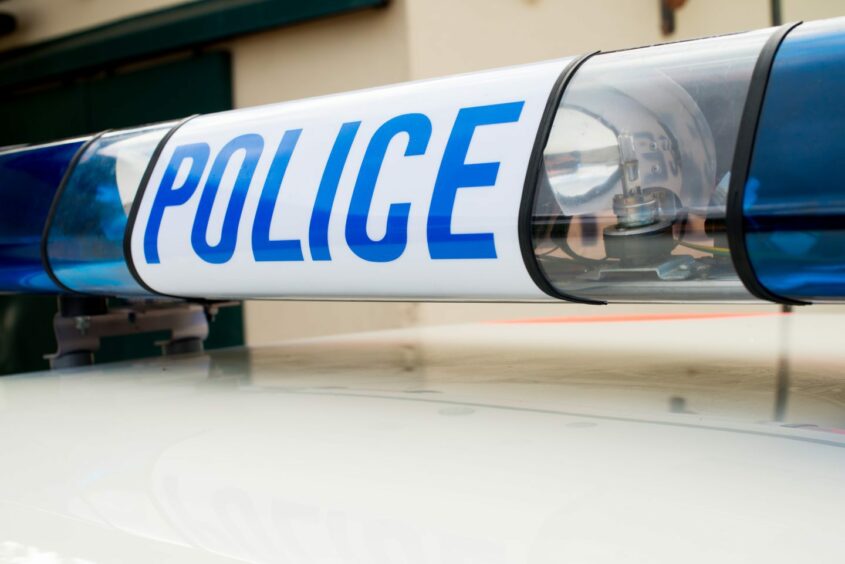
Brownlee and his partner PC Michael Rodgers were joined by PC Michael Greig and PC Craig Seath, which allowed them to switch seats so PC Rodgers could assist with bringing the pursuit to an end.
Asked why they had not changed places earlier, Brownlee said: “If we had stopped the (police) vehicle we would have lost the subject vehicle.”
The trial before Sheriff Elizabeth McFarlane will continue in November.
For the latest court cases across Tayside and Fife, join our Courts Facebook page.

